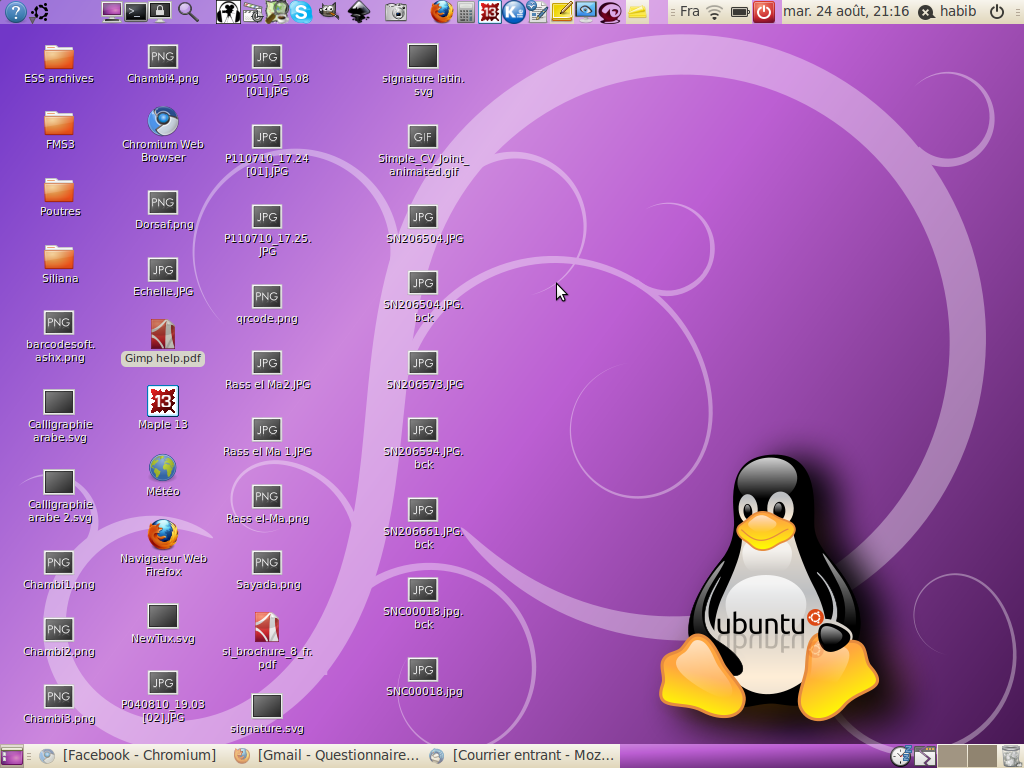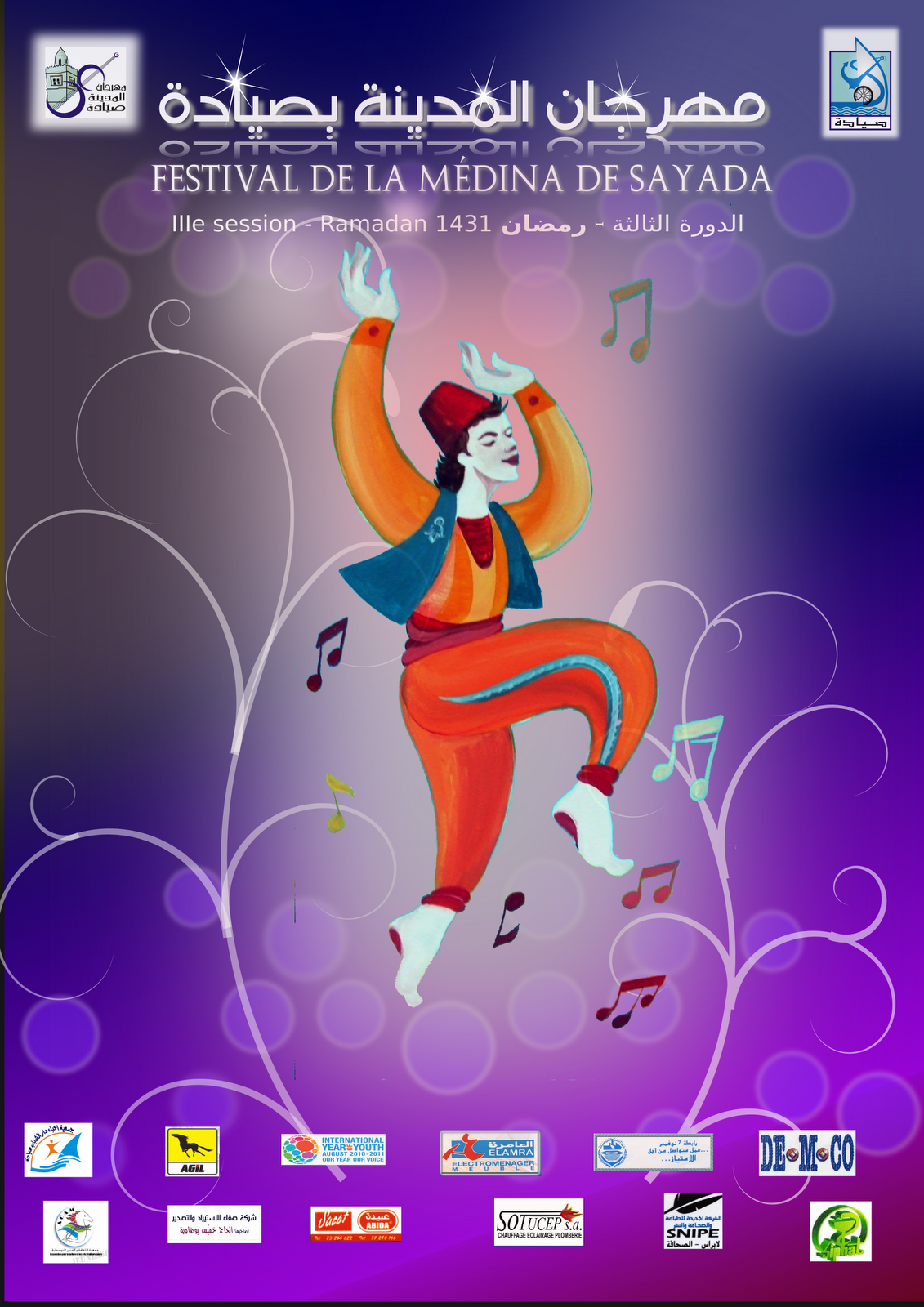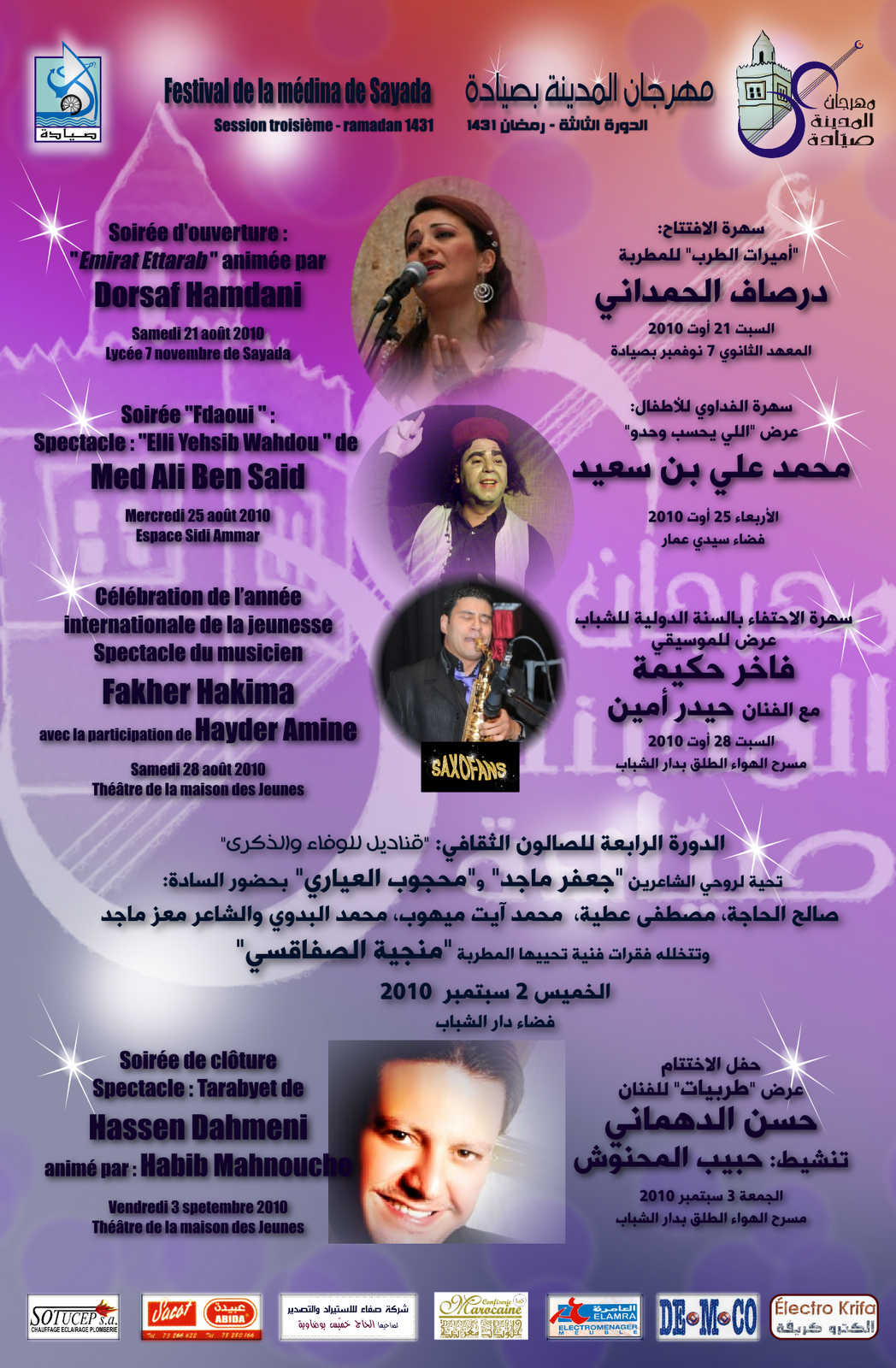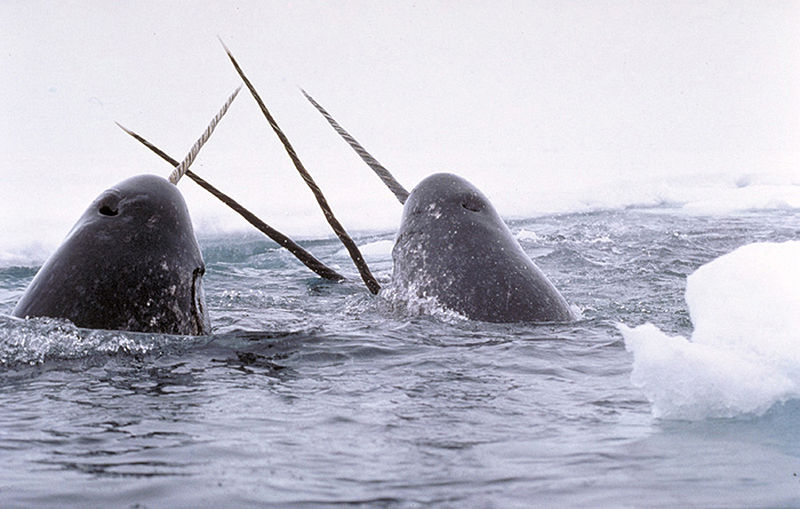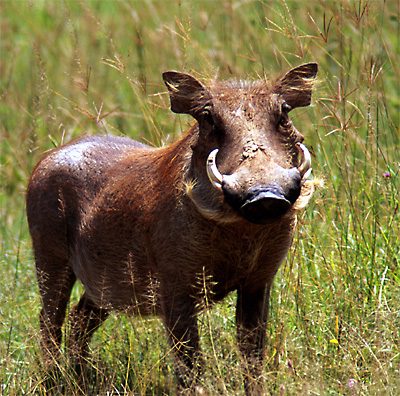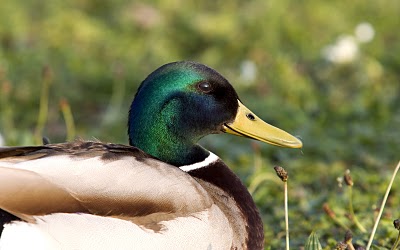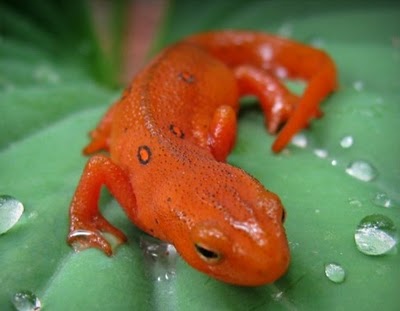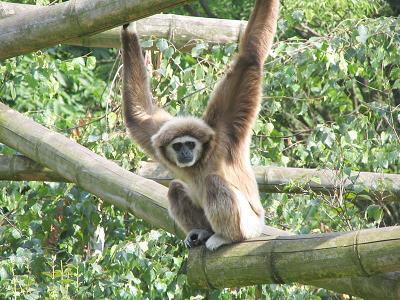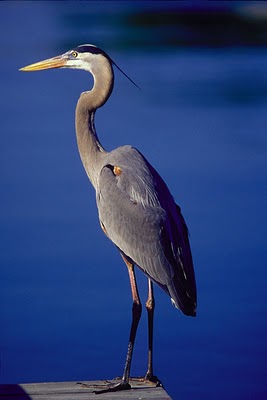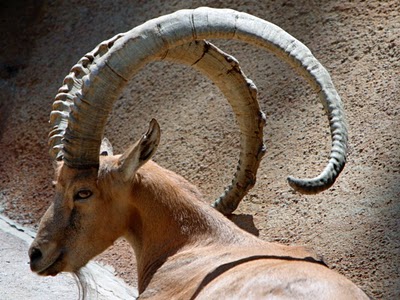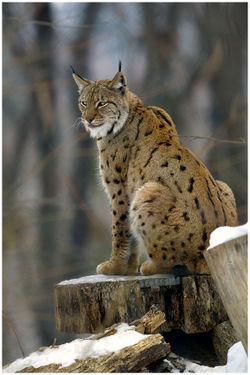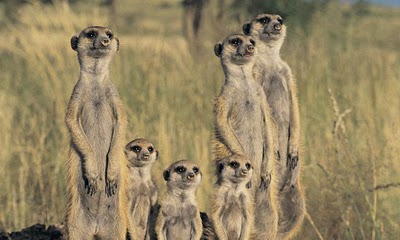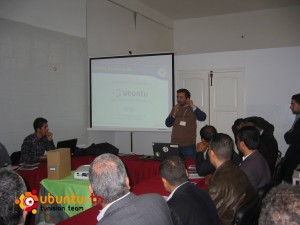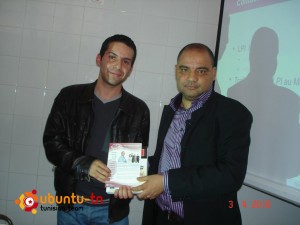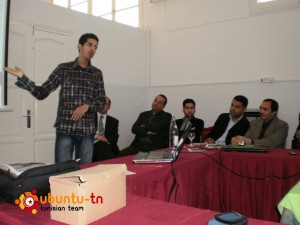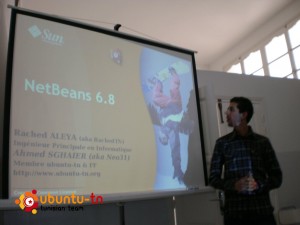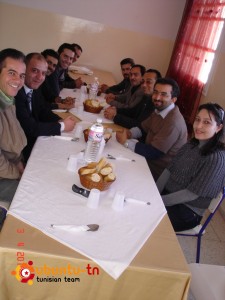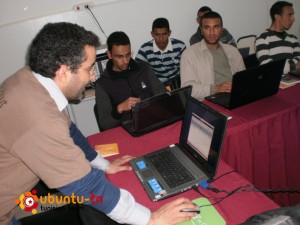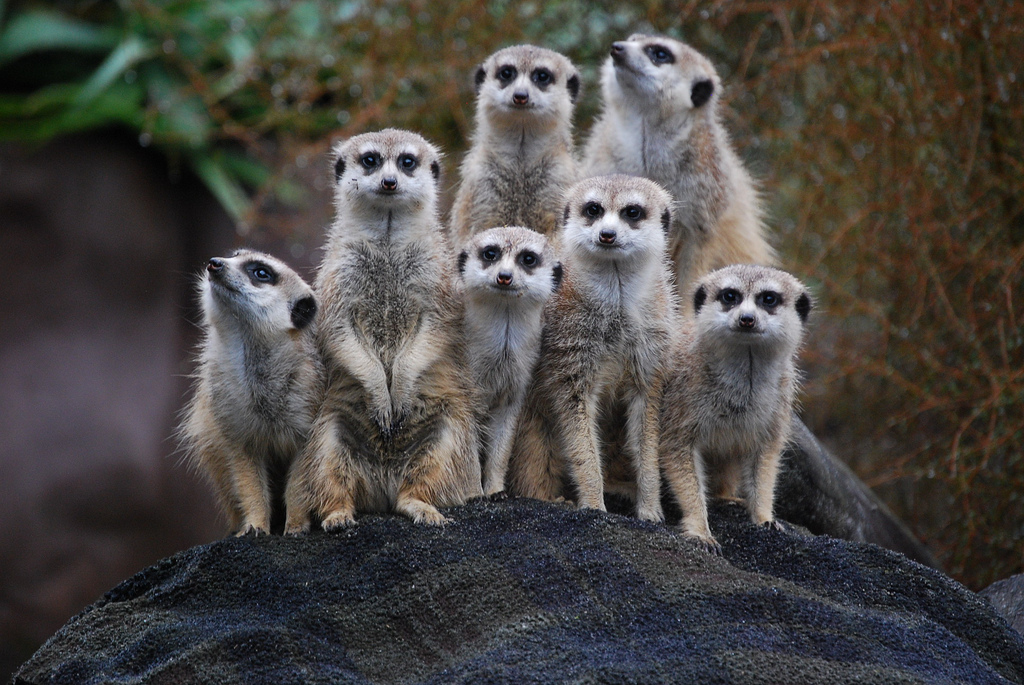- Bonjour Habib, pour commencer, pourrais tu m’en dire un peu plus sur toi ? Comment considères tu tes connaissances en informatique ?
- Depuis combien de temps utilises-tu un ordinateur et quelle en est ton utilisation principale ?
- Comment as-tu pris connaissance qu’il existait autres choses que Microsoft Windows pour ton ordinateur ?
- Pourrais-tu nous expliquer pourquoi, aujourd’hui, tu utilises un système d’exploitation libre ?
- Comment s’est passée ta migration et quelles sont les choses que tu as découvertes dans ton nouveau système et dont tu ne sais plus te passer ?
- Depuis ta migration, quelles sont les choses que tu regrettes ou que tu ne trouves pas dans ton système ?
- Dans ton utilisation journalière de ton nouveau système libre, trouves-tu facilement les logiciels dont tu as besoin ?
- Est-ce qu’il t’est déjà arrivé de faire la promotion de ton système d’exploitation libre auprès de tes amis ?
- Si tu avais la possibilité d’exaucer trois souhaits en rapport avec ton système d’exploitation, lesquels seraient-ils ?
- Pourrais tu nous donner ta cotation sur 10 des différents systèmes d’exploitation et / ou distributions qui sont passées entre tes mains ?
- Pourrais-tu nous montrer une capture d’écran de ton bureau ?
Merci de m’avoir soumis cette interview, je me présente, je m’appelle Habib M’henni, j’ai 33 ans et actuellement, j’occupe le poste de technologue à l’Iset de Nabeul et plus précisément au département génie civil.
Dès le début de mes études universitaires (fin des années 90) j’avais un penchant vers l’univers informatique, au vue des progrès et facilités immenses qu’il amène à tout domaine et en particulier -pour ma part- au génie civil. Donc répondant à votre question à propos de mes connaissances en informatique, elles sont assez pour pouvoir manipuler les applications voire programmer quelques lignes de code ;).
J’utilise l’ordinateur depuis que j’en ai acheté un (un 486, de 500 Mio de DD), en 1997 au cours de ma troisième année à l’École supérieure des sciences et techniques de Tunis, bien sûr j’ai manipulé le clavier et la souris auparavant, au cours des séances d’informatique.
Quant à mon utilisation principale, c’est le DAO et la CAO, aussi je fais le traitement de mes cours et internet (contributions dans Wikipédia).
C’est un ami qui m’expliquait un jour (années 90) qu’il faisait ses recherches sur Linux, un OS autre que Windows, où il fallait configurer manuellement son poste (c’est ce que j’ai retenu à ce moment là).
Tout d’abord c’est par principe, je n’aime pas le piratage et compagnie. Ensuite je me sens vraiment plus libre et désenchainé en utilisant un système et des applications libres. je me sens, investi dans un projet à l’échelle mondiale et c’est vraiment formidable. Un autre détail, j’ai un vieux hp compaq nx9030 de 2004, je l’aurais vraisemblablement jeté par la fenêtre depuis des années, heureusement qu’il y avait Ubuntu ;).
Ma migration a pris un certain moment pour faire surface, j’utilisais dans le passé, WinEdt pour l’édition des documents avec LaTeX, mais en regardant les sites et les documentations de ce fabuleux langage, on a fortement recommandé de l’utiliser sur Linux. En plus j’ai téléchargé OpenOffice.org et peu à peu j’ai commencé à éliminer les logiciels propriétaires de mon XP… Il ne restait que franchir le pas et faire sauter ce-dernier. J’ai téléchargé le Live CD de Ubuntu 9.04 et j’ai commandé un CD depuis Ship it et deux semaines après j’ai reçu mon premier CD Ubuntu 9.10. C’était un peu difficile avec le nouveau concept pour moi, mais je n’étais pas seul, il y avait plein de documentations et de forums qui m’ont énormément aidé.
Tant de découvertes m’ont agréablement surpris mais la plus surprenante est l’univers du DAO en particulier Inkscape et Gimp, depuis, à chaque démarrage ce sont les applications dont je ne peux m’en passer.
Je regrette les bon vieux virus 😉 Plus sérieusement, dans le génie civil, presque toutes les applications disponibles (qui sont propriétaires) ne fonctionnent que sur Windows et ce n’est qu’à ce détail que j’ai malheureusement laissé une partition XP (originale) sur mon DD.
Voire plus… je trouve ce que je cherche et parfois plus.
Auprès de mes étudiants, collègues, et amis, je ne perds pas une seconde sans promouvoir le libre en général (même sur mes blogs).
1. Encore de la vitesse,
2. Plus de robustesse,
3. Plus de compatibilités.
Personnellement je n’ai eu entre les mains que deux systèmes :
1. Ubuntu : 8,5 / 10
2. Windows XP : 5 /10
Oui volontiers, et c’est moi qui l’ai faite !
